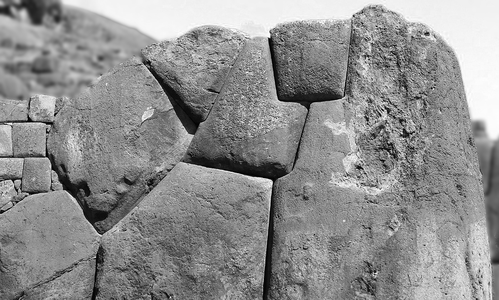Property 11 — Roughness
Roughness is introduced in
Natural things will look better when they are not too pristine and perfect. Not out of some hearkening to a time long gone, but because perfection creates a difficult time for the adaptation required for the best possible fit.
When your repetitions are precise, or your lines are no thicker than a hair, you open yourself up to cascading failure and complexity of interaction. A 5mm movement in one piece will require every other part to make space for the change. We want to reduce complexity and keep things simple. So, to allow local changes to happen without disturbing others, we introduce and expect an amount of roughness, so we can work around any imperfections we encounter.
In
If a grid is made of fragile modular pieces that cannot withstand bending or cutting, then the overall structure will be only as flexible as those modules. When you see a large or long tent at an outdoor event, it follows the contour of the grounds or uses ropes that take up any slack. Look at a brick wall on a rising street and see how the bricks help because they are cuttable.
If you can’t bend things a little, the final form will seem awkward or impinge on its surroundings. Roughness makes the slight movement and variations normal. When you expect deviation, adjustment is natural and fitting. Then, you get the deeply interlocked, tight, snug but relaxed final forms.
Without roughness, a shared edge feels off. Without roughness, a picture feels unreal. Even a brick wall, with perfectly laid bricks, still has a roughness of the brick surfaces. You may have been in a building with wall coverings imitating bricks and noticed they didn’t look right. A linoleum floor which emulates tiles can look tacky when they are all too perfectly placed. These perfect versions are not better. They are inhuman. They suck the feeling out of the space.
 The perfection is uneasy.
The perfection is uneasy.
Note that the perfectly interlocking blocks of the Inca stonework walls mentioned in the deep interlock section do not have a feeling of genuine roughness. They are too perfectly placed. They took too much effort. The dry stone walls of an English countryside might be too loose, but something in the middle is the goal.